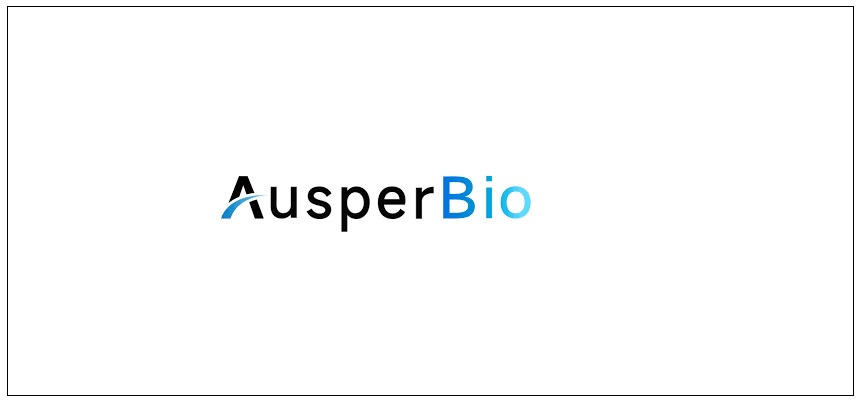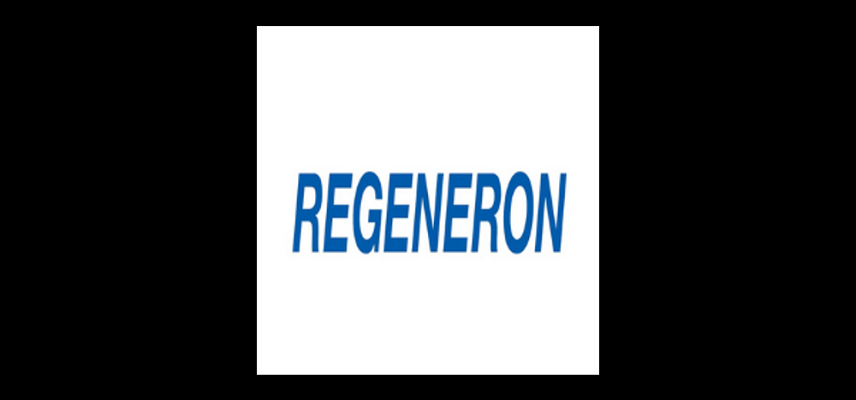Neurocrine Biosciences gets US-FDA breakthrough therapy designation for crinecerfont in congenital adrenal hyperplasia
Neurocrine Biosciences, Inc. announced it received Breakthrough Therapy designation from the US Food and Drug Administration (FDA) for crinecerfont in congenital adrenal hyperplasia.
"We are very pleased that the FDA granted Breakthrough Therapy designation for crinecerfont, thus recognizing both the seriousness of congenital adrenal hyperplasia and the significant unmet need currently faced by patients and families living with this condition," said Eiry W. Roberts, chief medical officer, Neurocrine Biosciences. "The outstanding safety and efficacy results from the phase 3 CAHtalyst studies in paediatric and adult patients suggest that crinecerfont has the potential to represent a substantial improvement over current standard of care in CAH by controlling androgen levels and allowing for reduced steroid doses. We remain on track to submit the new drug application in 2024."
Breakthrough Therapy designation is a process developed by the FDA to expedite development and review of drugs that are intended to treat a serious condition and where clinical evidence indicates that the potential drug may demonstrate substantial improvement over available therapy on a clinically significant endpoint(s). To learn more about Breakthrough Therapy designation, click here.
Congenital adrenal hyperplasia (CAH) refers to a group of genetic conditions that result in an enzyme deficiency that alters the production of adrenal hormones which are essential for life. Approximately 95% of CAH cases are caused by a mutation that leads to deficiency of the enzyme 21-hydroxylase (21-OHD). In classic CAH, severe deficiency of this enzyme leads to an inability of the adrenal glands to produce cortisol and, in approximately 75% of cases, aldosterone. If left untreated, classic CAH can result in salt wasting, dehydration, and even death.
There are currently no non-glucocorticoid treatments approved by the US Food and Drug Administration (FDA) for classic CAH. Glucocorticoids (GCs), the current standard of care, are used not only to correct the endogenous cortisol deficiency but typically used at greater than physiologic (supraphysiologic) doses to try to suppress the high levels of corticotropin-releasing factor (CRF) and adrenocorticotropic hormone (ACTH) that result in androgen excess. However, glucocorticoid treatment at supraphysiologic doses has been associated with serious and significant complications of steroid excess, including metabolic issues such as weight gain and diabetes, cardiovascular disease, and osteoporosis. Additionally, long-term treatment with supraphysiologic GC doses may have psychological and cognitive impact such as changes in mood and memory. Androgen excess has been associated with abnormal bone growth and development in paediatric patients, female health problems such as acne, excess hair growth and menstrual irregularities, testicular rest tumours in males, and fertility issues in both sexes.
Corticotropin releasing factor (CRF) regulates the secretion of adrenocorticotropic hormone (ACTH) by the pituitary gland. The neuropeptide was discovered, isolated and identified by the late Wylie W. Vale, PhD., a founder of Neurocrine Biosciences who led the Clayton Foundation Laboratories for Peptide Biology and was the Helen McLoraine Chair in Molecular Neurobiology at the Salk Institute. Dr. Vale mapped the key role CRF played in the regulation of the stress response. In the 95% of classic CAH cases caused by a mutation in the 21-hydroxylase enzyme, the severe enzyme deficiency results in little or no production of the stress hormone cortisol, which can lead to adrenal crisis. The lack of cortisol production also causes a break in the feedback loop that would normally regulate the body's secretion of CRF, and as a result ACTH, which maintains adrenal androgen production within normal ranges.
Crinecerfont is an investigational, oral, selective corticotropin-releasing factor type 1 receptor (CRF1) antagonist being developed to reduce and control excess adrenal androgens through a steroid-independent mechanism for the treatment of congenital adrenal hyperplasia (CAH) due to 21-hydroxylase deficiency (21-OHD). The compound was identified by Dimitri Grigoriadis, Ph.D., chief research officer at Neurocrine Biosciences who conducted post-graduate research with Dr. Wylie Vale at the Salk Institute. Antagonism of CRF1 receptors in the pituitary has been shown to decrease adrenocorticotropic hormone (ACTH) levels, which in turn decreases the production of adrenal androgens and potentially the symptoms associated with classic CAH. Our data demonstrates that lowering androgen levels enables lower, more physiologic dosing of glucocorticoids and thus could potentially reduce the complications associated with exposure to greater than normal glucocorticoid doses in patients with classic CAH.
Prior to receiving Breakthrough Therapy designation from the FDA, crinecerfont also received Fast Track and Rare Pediatric Disease designations in congenital adrenal hyperplasia. To learn more about crinecerfont, click here.
The CAHtalyst phase 3 Paediatric and Adult global registrational studies were designed to evaluate the safety, efficacy, and tolerability of crinecerfont in children and adolescents (2–17 years of age) and adults (18 years of age and older) with classic congenital adrenal hyperplasia (CAH) due to 21-OHD, respectively.
The CAHtalyst phase 3 Paediatric and Adult clinical studies met their primary and secondary endpoints. The CAHtalyst Paediatric study demonstrated a statistically significant decrease in serum androstenedione from baseline with crinecerfont at Week 4 over baseline, while both studies showed crinecerfont treatment led to statistically significant reductions in daily glucocorticoid from baseline while maintaining androgen control at Week 28 and Week 24, respectively.
Crinecerfont was generally well tolerated in the CAHtalyst Phase 3 studies. The most common adverse events in the CAHtalyst Paediatric study were headache, fever, vomiting, upper respiratory tract infection, and nasopharyngitis, while the most common adverse events in the CAHtalyst Adult study were fatigue, headache, and coronavirus infection. Few serious adverse events were seen in either study, with none assessed as related to crinecerfont. Both studies achieved a >95% completion rate.
Neurocrine Biosciences is a leading neuroscience-focused, biopharmaceutical company with a simple purpose: to relieve suffering for people with great needs, but few options.

Optimize Your trial insights with Clival Database.
Are you exhausted from the uncertainty of trial insights pricing? Clival Database ensures the clarity in the midst of the global scenario for clinical trials to you.Clival Database is one of the best databases that offers an outstanding number of clinical trial data in terms of 50,000+ molecules and from primary regulatory markets as well as new entrants like Indian and Chinese markets.
With Clival, you get accurate positioning of historical sales data, patent database, company profiling, safety & efficacy, and prediction of launch of new innovative molecules helping you to align your research and driving down the cost.
To add value, we further break down our analytics for you so that improving your operational effectiveness; optimizing your clinical trials; and offering you accurate and high-quality data at lowest possible prices becomes possible.
Elevate your trial success rate with the cutting-edge insights from Clival database.
Check it out today and make more informed sourcing decisions! Learn More!






